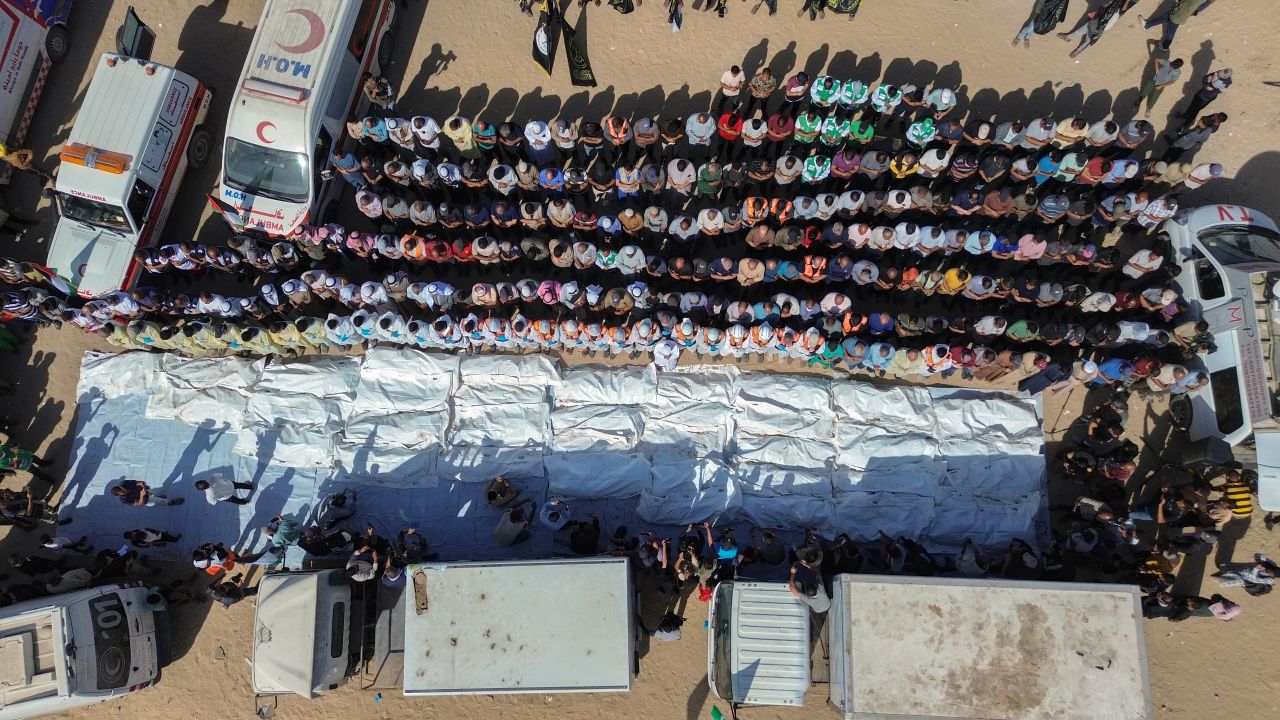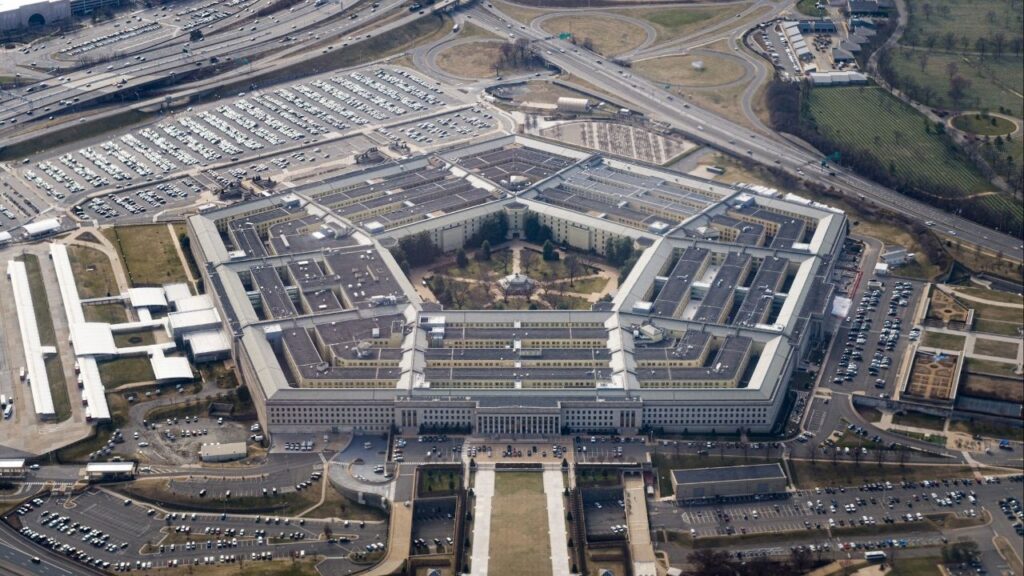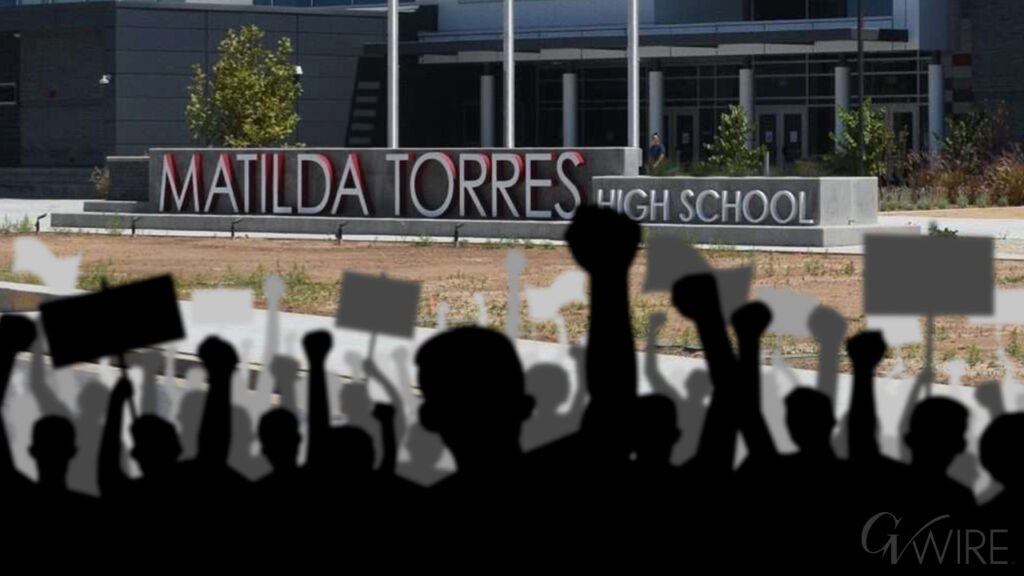Mourners pray as Gazan civil defense workers bury the remains of dozens of unidentified Palestinians, returned by Israel as part of the ceasefire deal, south of Deir al-Balah in the Gaza Strip, Wednesday, Oct. 22, 2025. The cease-fire has come under increasing strain in recent days, and several Trump officials, speaking in anonymity, said there was concern within the administration that Israel might vacate the deal. (Saher Alghorra/The New York Times)

- The Gaza war was funded by U.S. taxpayers, made possible by our weapons, condoned by our government and carried out by one of our closest allies.
- At least 68,229 people, by the latest count, have died in the war. More than half were women and children.
- The war in Gaza, in proportional terms, has been deadlier than the wars in Yemen, Syria, Sudan, and Ukraine.
Share
|
Getting your Trinity Audio player ready...
|
For many Americans, there might be a temptation to disbelieve the enormity of what has happened in the Gaza Strip. After all, it is a catastrophe funded by our money, made possible by our weapons, condoned by our government and carried out by one of our closest allies. It’s little wonder that some want to downplay the damage.
Their defense is to cast doubt on the numbers. It goes something like this: The death toll, counted by the Hamas-run Health Ministry, must be an exaggeration to court international outrage. If it isn’t, then most of those killed were Hamas fighters, surely, not civilians. Either way, it can’t be worse than other horrors elsewhere, in South Sudan or Congo, in which we Americans are blameless. Taken together, it’s a potent repertoire of deflation and denial.
Yet now is a time of reckoning. After two years of relentless violence, a fragile and uncertain ceasefire has settled over Gaza, bringing joyous scenes of Israeli captives reuniting with their families and of Palestinian prisoners returning home after years of detention. But that must be set against the apocalyptic reality survivors face: a moonscape of total devastation and unfathomable loss. Today there is a chance, if we want it, to begin to discover the true cost of this war. We might find that it’s even worse than we thought.
First, let’s talk about the numbers. In Gaza, the dead — at least 68,229 people, by the latest count — have been tallied by the Ministry of Health, which is, like other government services in the enclave, run by Hamas. This has stirred skepticism, to say the least. But experts in counting war dead told me that the ministry’s accounting has been unusually rigorous. It includes not just individual names of people confirmed to have died because of the war but also their ages, their sex and, crucially, easily validated identification numbers.
“The Ministry of Health, we know, for various reasons, is really conservative actually in putting people on the list,” Michael Spagat, a professor at Royal Holloway, University of London, who has studied the toll of war for decades, told me. There is, he said, a remarkable level of transparency. “The information is incomparably better than what we know about recent conflicts in Tigray, Sudan, South Sudan.”
Many Experts Believe the Death Count Is Understated
In fact, for all the tally’s trustworthiness, many experts suspect it to be a significant undercount. Spagat and a group of researchers undertook a 2,000-household survey in Gaza that suggested that the official figures were likely to be undercounting the number of people killed in the war by roughly 39%.
The fatality figures, though, do not distinguish between fighters and civilians. This fact provides another claim: that most of those killed are Hamas fighters and so legitimate targets. But Spagat’s survey confirms another aspect of the death figures: The majority of those killed — some 56% — were women, children and the elderly.
“In a typical conflict, it would be even more military-age males than what you’re seeing here,” Spagat told me. “The percentage of women, children and elderly is unusually high.” One need only look at the shattered remnants of Gaza to know that Israel’s relentless barrage of bombs and missiles, far from being precision-targeted at fighters, fell on young and old, men and women, with equal force.
But the careful counting of the dead reveals only part of the war’s human cost. In many recent conflicts — in Darfur, Tigray, Congo and Yemen — as many or more die of hunger and disease as by violence. These are called indirect deaths, and they are often calculated by measuring the rates of death before and after the fighting began. Including these deaths is important, experts told me, because leaving them out obscures the true cost of war.
I saw this myself in Darfur, Sudan in the mid-2000s, where deadly attacks by the Janjaweed militias were just the beginning of the misery. Villagers would be forced to flee their homes and packed into squalid makeshift camps. Aid would take weeks or months to reach them. Children under 5, pregnant women, the disabled and the elderly would be among the first to die — not from bullets or bombs but from the conditions created by violence.
In Congo in 2006, I spent several days at a hospital in the eastern part of the country, documenting the indirect toll of the war’s aftermath on children. I watched as a toddler named Amuri drew his last, gasping breaths, succumbing to measles, a disease easily prevented by routine immunizations and treatable with access to modern medicine. He was just one of many children I watched that week die preventable deaths.
These high rates of indirect death are common in remote regions of vast, impoverished nations where populations are widely dispersed and aid struggles to reach them. Gaza is different. It is small — roughly the size of Detroit — and easily accessible by land. Before the war it had one of the highest rates of humanitarian aid per capita in the world, and its people were far healthier on average than populations in other conflict zones. High levels of childhood vaccination protected young children from communicable diseases, such as polio.
Israel’s Decision to Limit Humanitarian Aid
This should have meant that indirect deaths would be a smaller share of the total than in other wars. And for much of the conflict, it was. But Israel’s decision to sharply limit and sometimes entirely block aid to Gaza pushed the enclave into famine this year. Its health infrastructure was shattered and most of its 2 million inhabitants were forced to flee, often multiple times, and made to live in unsanitary, exposed conditions. We cannot yet know how much damage that has caused.
The hope is that the ceasefire will allow things to get better. Yet in some ways, this anxious period could be quite deadly for people in Gaza. With so much devastation, many who return to their homes will find nothing but rubble. There is every reason to expect that Israel will seek to use the flow of humanitarian aid — food, water, electricity, medical supplies and workers — as leverage in complex negotiations over the future of Gaza.
Under the terms of the ceasefire, which has already been sorely tested, 600 trucks of aid were supposed to enter Gaza daily. But since the fighting stopped, according to the United Nations, fewer than 100 trucks have arrived on average every day. Palestinians in Gaza are destitute. “I’d be very surprised if there’s anything less than 50,000 nontrauma deaths,” Alex de Waal, executive director of the World Peace Foundation at Tufts University and one of the world’s leading experts on famine, told me.
If de Waal is anywhere close to right, this conflict will have killed 7.5% of the prewar population of Gaza in just two years. It already is, in proportional terms, deadlier than the wars in Yemen, Syria, Sudan and Ukraine. And it will be impossible to hide from reality: Gaza’s small size, accessibility and aid infrastructure forbid it. Compared with other conflicts, the death toll — both direct and indirect — can be determined with unusual precision.
That will make what happened harder to play down or deny, but it won’t be impossible. In a “60 Minutes” interview Sunday, Jared Kushner described the ruins of Gaza from a recent visit with the Israeli military. “It looked almost like a nuclear bomb had been set off in that area,” he said. Asked if he thought it was genocide, he responded immediately: “No.” His negotiating partner, Steve Witkoff, jumped in. “No, no, there was a war being fought.”
The rubble tells one story; the people who created it tell another. The reckoning will be in deciding which story we choose to believe.
This article originally appeared in The New York Times.
By Lydia Polgreen/Saher Alghorra
c.2025 The New York Times Company



















